Somatic Therapy
How it works

WHAT IS SOMATIC THERAPY?
The Body Keeps the Score
The theory behind somatic therapy is that trauma symptoms are the effects of instability of a person’s autonomic nervous system (ANS). So, the main aim of SE is to release buried emotions caused by trauma, providing healing from inside out. In addition, it can also be used to help people coping with other trauma-related symptoms and mental conditions.
Healing Trauma With Somatic Therapy
After a traumatic event, people are usually unable to fully process what happened both on a conscious and subconscious level. To put it in other words, they find themselves trapped in the aftershock of a traumatic event. Unfortunately, instead of working through the events and their consequences in a healthy and positive way, many people turn to addiction as a coping method.
Somatic therapy helps people work through a traumatic event by developing their self-awareness. Through different techniques like mindfulness exercise, breathing, meditation and yoga, a therapist guides the client through the slow release of energy, evolving consciousness of the trauma sensations.
Throughout the therapy process, the client learns to develop an increasing tolerance to challenging somatic sensations and repressed emotions. During this process, people restore their self-esteem, energy and resilience. In addition, many people reported feeling deeply connected with themselves and other people again.
How Somatic Therapy Works
During the somatic therapy, the client is asked to focus his or her memory on the images and feelings that arise. Through the body-oriented approach, the therapist helps the clients become aware of their emotional and physical response to a trauma and recognize their usual fight or flight response.
According to Dr. Levine, the fight or flight reaction has multiple stages. However, the trauma does not allow a person to complete all those stages. Somatic experiencing therapy focuses on helping the client to complete that process.
This can help them renegotiate the painful memories and experiences they got “stuck” into, interrupting the cycle of negative, dysfunctional thoughts that induce the feelings of shame, guilt, sadness and worthlessness. Negotiating the overwhelming experiences that are at the core of trauma, people develop kindness and compassion towards themselves and their inner experiences.
Helping create greater relaxation of the mind and body, somatic therapy helps people recovering from addiction regain the ability to self-regulate and gain distance from their own behavior patterns under stress. In other words, somatic therapy resolves addiction by discovering constructive ways of coping with a person’s internal stress.
Focusing on the somatic experience of their current surroundings, people are able to evaluate the current safety. Developing the capacity to assess current safety protects a person from the cycle of traumatic experience triggers like flashbacks. By increasing a sense of balance in effectively managing everyday stress without the triggers of repeating flashbacks, a person recovering from addiction is empowered to find a clearheaded relaxation available in the present moment and life- affirming ways of having their needs met.

